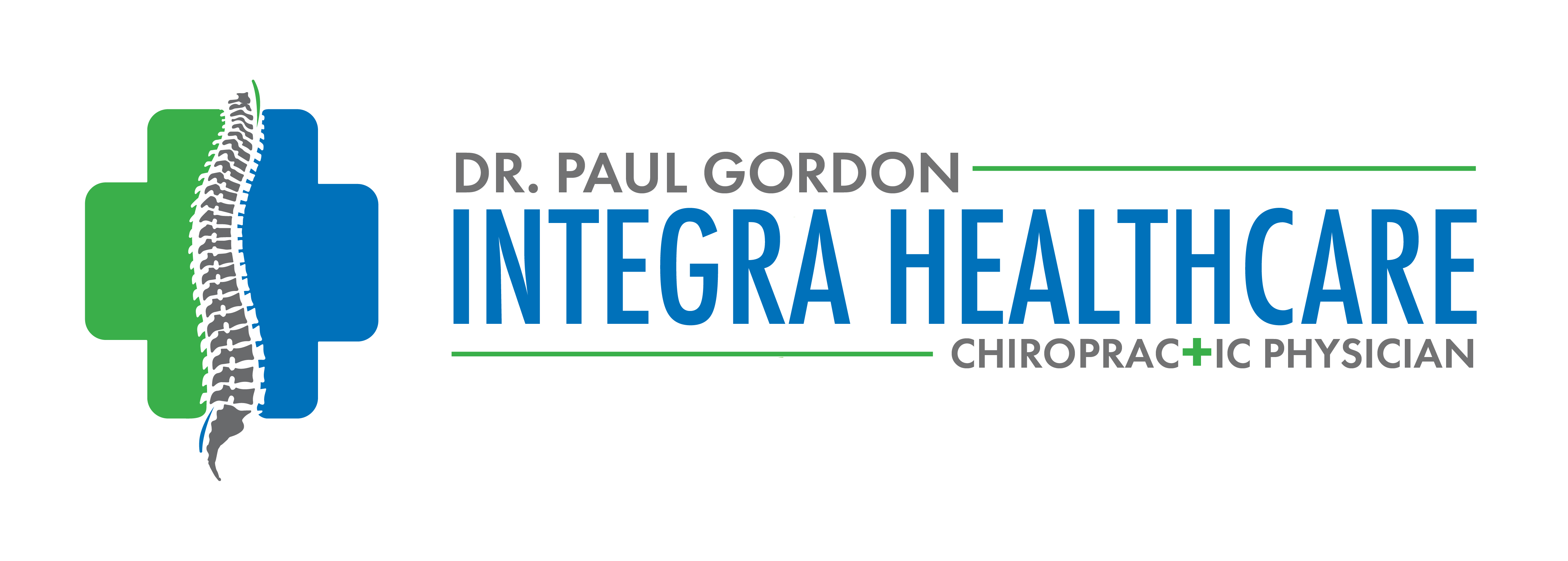Why Chiropractic Adjustments Are Better Than Muscle Relaxants
Nearly everyone, more than 80 percent of the world’s population, will experience back pain at some point in their lifetime. Just ask the 31 million Americans suffering from low back pain at any given time.
In fact, globally it is the leading cause of disability. It is the most common reason that people miss work and the second more common reason for doctor’s office visits. In the United States alone more than $50 billion is spent each year trying to relieve back pain, but even that figure is not complete, but only based on trackable, identifiable costs.
There have been studies published over the years that unequivocally show chiropractic as a viable and extremely effective treatment for back pain. Several of these studies plainly show that chiropractic is better than muscle relaxants.
Chiropractic Study
One study that is one of the most notable was conducted at Life University in Georgia. It has been cited in several journals and used as a catalyst for proving the efficacy of chiropractic treatment for back pain and its superiority to muscle relaxants.
Study Parameters
The study involved 192 subjects who had been experiencing lower back pain for a period of time ranging from two to six weeks. The subjects were separated into three groups:
- Group One – Chiropractic adjustments combined with placebo medication
- Group Two – Muscle relaxants combined with sham chiropractic adjustments
- Group Three – Control Group – received both placebo medication and sham chiropractic adjustments
All groups were given the same length of care, four weeks, with an evaluation of progress at the two-week mark and the four-week mark. The pain was assessed using the Zung Self-Rating for Depression scale, the Oswestry Low Back Pain Disability Questionnaire, and the Visual Analog Scale (VAS). Upon admission into the study during the initial visit as well as at the two-week evaluation, Shober’s Test for Lumbar Flexibility was also administered.
The subjects in all three groups were also allowed to take acetaminophen for pain. This was an additional evaluative measure to assess the need for additional self-medication.
During the course of the study there was a two-week treatment period where the subjects in the chiropractic adjustment group received a total of seven adjustments. These adjustments were tailored to each patient’s specific needs and included pelvic adjustments, sacral (lower back), or lumbar and upper cervical (neck and back).
The sham treatments mimicked all aspects of an actual chiropractic adjustment including dialog, normal visit length, and procedures. However, no actual adjustments were performed.
Study Results
At the conclusion of the study, the subjects who received chiropractic treatment reported a significant decrease in pain and an increase in flexibility. Of the groups that did not receive chiropractic treatment there were no significant differences noted. There was a decrease in disability and depression across all three groups, indicating that muscle relaxants are effective in treating back pain, but overall chiropractic care is the more effective option for treating back pain and disability.
What does this mean for Patients with Back Pain?
Patients suffering from back pain can receive greater relief without the undesirable side effects of muscle relaxants by seeking chiropractic care. Patients who are using muscle relaxants to treat their back pain should talk to their chiropractor and doctor about incorporating chiropractic treatment into their patient care regimen. Patients experiencing back pain should pursue chiropractic care before resorting to more aggressive methods including muscle relaxants.
Chiropractic care is a safe, non-invasive treatment for back pain. It also facilitates healing, increases flexibility, and improves mobility. Patients who are looking for a healthy treatment option that focuses on overall wellness, Chiropractic could be the answer.
Leave a reply

Leave a reply